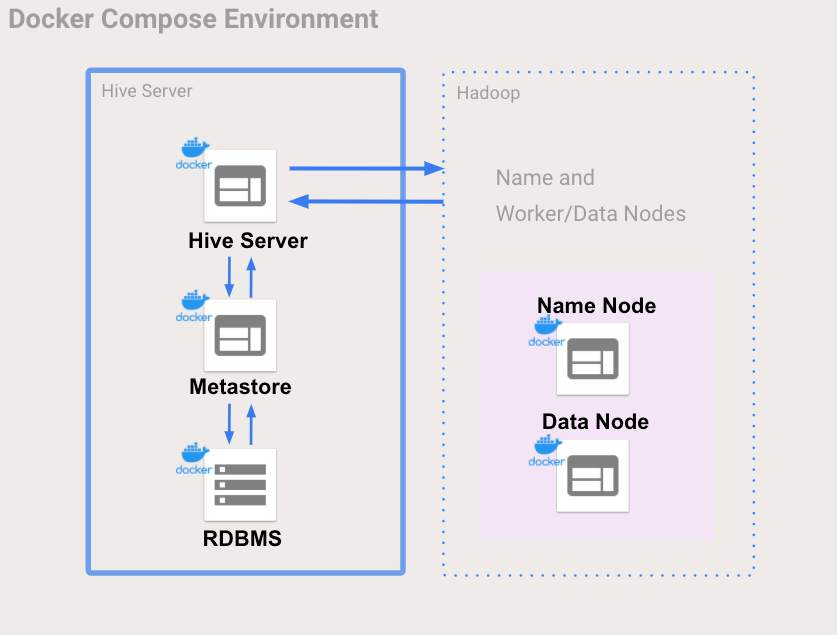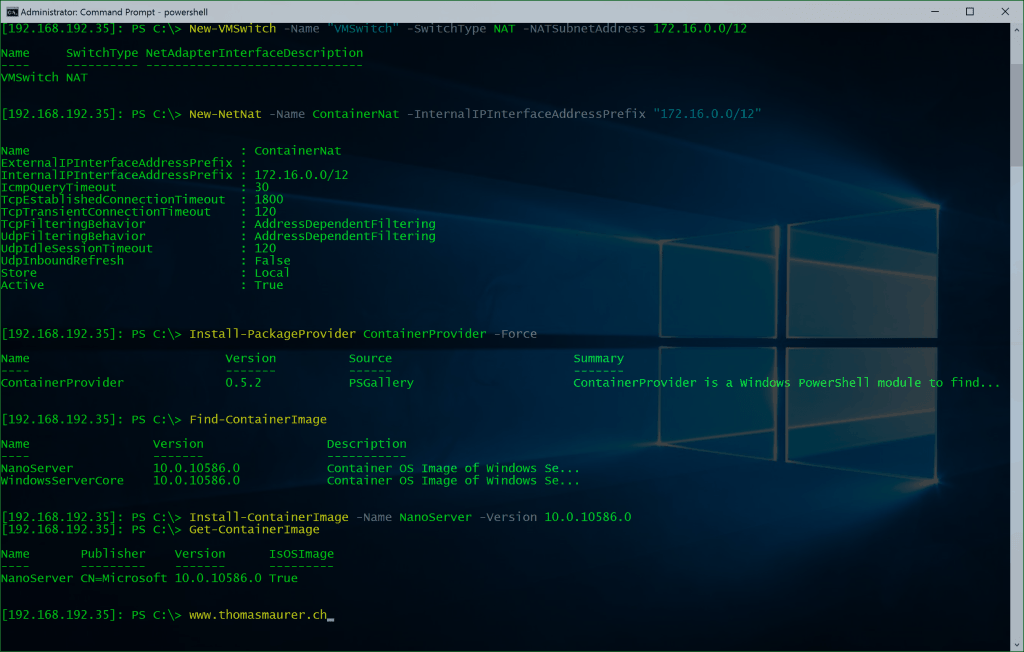Docker get docker server. Estimated reading time: 2 minutes
If your container needs to use an HTTP, HTTPS, or FTP proxy server, you canconfigure it in different ways:
Configure Docker Container Tote
In Docker 17.07 and higher, you canconfigure the Docker client to passproxy information to containers automatically.
In Docker 17.06 and lower, you mustset appropriate environment variableswithin the container. You can do this when you build the image (which makesthe image less portable) or when you create or run the container.
Configure Docker Container Data
Configure the Docker client
On the Docker client, create or edit the file
~/.docker/config.jsonin thehome directory of the user which starts containers. Add JSON such as thefollowing, substituting the type of proxy withhttpsProxyorftpProxyifnecessary, and substituting the address and port of the proxy server. Youcan configure multiple proxy servers at the same time.You can optionally exclude hosts or ranges from going through the proxyserver by setting a
noProxykey to one or more comma-separated IPaddresses or hosts. Using the*character as a wildcard for hosts and using CIDR notation for IP addresses is supported asshown in this example.Save the file.
When you create or start new containers, the environment variables areset automatically within the container.
Use environment variables
As you see in the Console tab of the Debug tool window, the debugger runs also in the Docker container: But now this container has a different id, and hence - different name. You can see it in the Terminal: type the docker ps command and see the container id and name. There are a few ways to effectively configure HTTPs for an Nginx Docker Container. In this guide, we will quickly cover configuration through the use of free certificate authority Let’s Encrypt. For plenty of people, using Let’s Encrypt to configure HTTPS for an Nginx docker container is a good option. Once you have the image, move on to deploying a new MySQL container with: docker run -name=containername -d mysql/mysql-server:latest. Replace containername with the name of your choice. If you do not provide a name, Docker generates a random one. The -d option instructs Docker to run the container as a service in the background. Mar 08, 2021 As you see in the Console tab of the Debug tool window, the debugger runs also in the Docker container: But now this container has a different id, and hence - different name. You can see it in the Terminal: type the docker ps command and see the container id and name.

Configure Docker to use a proxy server. Estimated reading time: 2 minutes. If your container needs to use an HTTP, HTTPS, or FTP proxy server, you can configure it in different ways: In Docker 17.07 and higher, you can configure the Docker client to pass proxy information to containers automatically.
Set the environment variables manually
When you build the image, or using the --env flag when you create or run thecontainer, you can set one or more of the following variables to the appropriatevalue. This method makes the image less portable, so if you have Docker 17.07or higher, you should configure the Docker clientinstead.
| Variable | Dockerfile example | docker run Example |
|---|---|---|
HTTP_PROXY | ENV HTTP_PROXY='http://127.0.0.1:3001' | --env HTTP_PROXY='http://127.0.0.1:3001' |
HTTPS_PROXY | ENV HTTPS_PROXY='https://127.0.0.1:3001' | --env HTTPS_PROXY='https://127.0.0.1:3001' |
FTP_PROXY | ENV FTP_PROXY='ftp://127.0.0.1:3001' | --env FTP_PROXY='ftp://127.0.0.1:3001' |
NO_PROXY | ENV NO_PROXY='*.test.example.com,.example2.com' | --env NO_PROXY='*.test.example.com,.example2.com' |

